USA and Canada
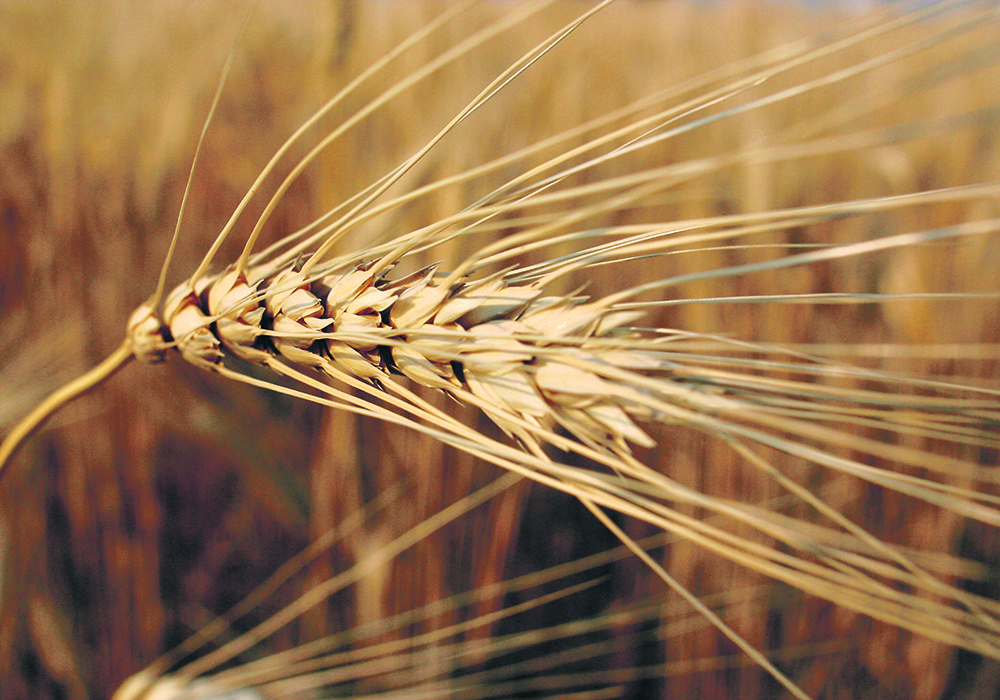
Durum has potential to make gains
Canadian durum prices have likely already peaked for the 2022-23 marketing year but there are plenty of factors that could drive durum markets higher in 2023-24, says a market analyst.
Locking in a portion of the 2023 harvest might not be a bad option for some Canadian producers, added Marlene Boersch, owner of Mercantile Consulting Venture Inc.
But growers probably shouldn’t be in a panic to lock in new crop prices just yet.
“I know some people who fixed this week at $11.50 a bushel and there were some $12 bids earlier,” Boersch said during a sideline interview at Durum Summit 2023, an industry event held Feb. 1 in Swift Current, Sask.
“Personally, I find it a bit premature for that simply because we don’t quite know the acreage levels yet and we still have some concerns about soil moisture….
Read More…

It’s time to drop emissions caps and re-embrace intensity
The federal government got smart on the firearms law. It’s time it got smart on the fertilizer emissions target as well as its oil emissions reduction targets. It’s time to back away from caps that ignore the role of Canada as a global leader in responsible commodity production.
Canada needs to champion low-emissions commodity production in a world that desperately needs safe, secure and regulated production.
We don’t need less production from Canada. We need more. The world needs what we produce.The firearms amendments, which would have banned assault weapons but also appeared to catch many legitimate hunting guns in its net, caused much bad political blood to be spilled across the country, became yet another poisonous culture war divide, distracted the government and the opposition parties from productive issues, and created a scorching disincentive for the government to implement focused and worthwhile gun control regulations.
Read More…

U.S. Agricultural Industry Hopes U.S. and Mexico are Close to a Solution on a Possible GMO Corn Ban
A diplomatic solution may be close that will end Mexico’s plan to ban imports of GMO corn by 2024. Mexico’s Secretary of Economy Raquel Buenrostro now states that if the Federal Commission for Protection against Sanitary Risks determines U.S. GMO corn is not a threat to human health, it will have no problem entering Mexico. The new decree coming in the next few days will address U.S. concerns and should eliminate the possibility of the U.S. starting a dispute settlement process against Mexico under the U.S.-Mexico-Canada Agreement.
The U.S. ag industry is hopeful this will resolve the trade dispute because it could impact U.S. agricultural exports of not just corn, but a host of other products including beef and pork. This would be devastating with Mexico the top customer for U.S. pork this last year by volume and a big export destination for U.S. beef and cattle as well.
Officials with the U.S. Meat Export Federation say they are keeping their eyes on the outcome and have considered it a possible threat to meat exports.
Read More …
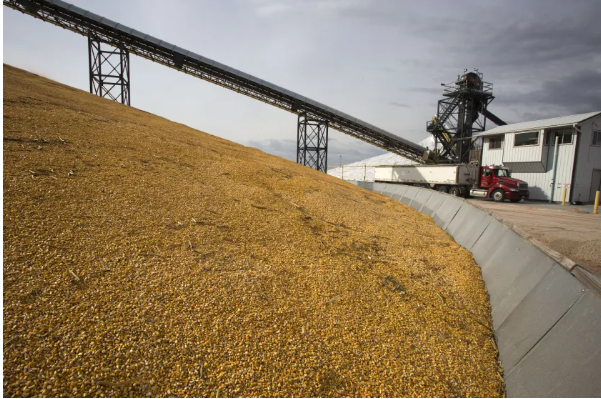
Weather flip flop brings mixed results for grain market
The grains closed mixed to end the last week of trading of January and the first few days for February. Wheat started the week with gains but lost ground toward the end of the week. Corn opened the week and closed the week with gains but posted losses in the middle of the week. Soybeans started the week on fire and posted solid gains toward the end of the week to lock in a solid weekly gain. But in the end, the grains continued to trade as they have since the start of the year, in a tight trading range.
The week started with soybeans posting sharp gains due to reports of hot dry conditions returning to Argentina. Weather forecasts were calling for a chance for rain, but the rain events continued to fizzle out and get pushed further down the road. In addition, rain continues to plague northern Brazil, slowing down harvest and the planting of the second corn crop.Corn was able to see gains from reports of two export sales of corn to Japan, one for 112,000 metric tons and the second for 111,800 metric tons. Mexico was also in and bought 200,000 metric tons of U.S. corn split equally between old and new crop.
Read more…
New Zealand

NZ Hops launches new hop variety for craft beer fans
A New Zealand hops company has released its brand-new hop variety that has been in the works for more than 10 years.
Called Superdelic, the variety was developed by NZ Hops at Plant and Food Research and general manager Blair Stewart said its release was expected to “create a frenzy”.
“This exceptional hop is a playful number, with red fruit, candy, citrus and tropical fruit characteristics, offering brewers something totally different to use in their craft.”
More than 85% of New Zealand-grown hops are exported, with a turnover of around $40 million, and with the newly released Superdelic following closely behind Nectaron in the growing NZ Hops Ltd brand there are expectations it will also be successful.
“Demand for Nectaron grows every year, and we expect the same with Superdelic,” Stewart said in an emailed statement.
Read More here...
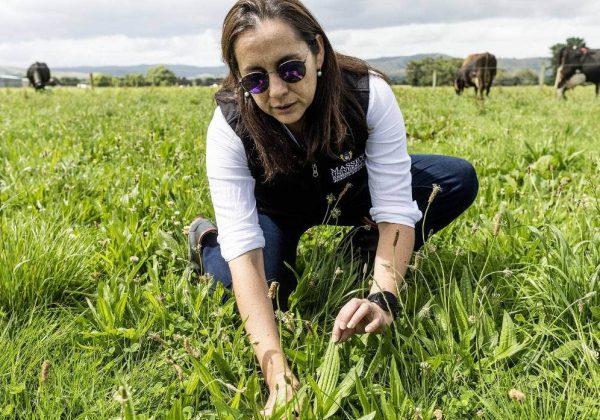
Research finds plantain use can reduce nitrogen leaching and may help health of waterways
New research has found feeding cows the leafy herb plantain can reduce nitrogen leaching from dairy farms by up to 60% and may help improve the quality of the country’s waterways.
The Dairy NZ-led plantain potency and practice programme has just announced the research results which show using ecotain, an environmental plantain from Agricom, in pasture can significantly reduce nitrogen entering waterways.
The research has been done for the past four years at Massey University in Palmerston North and more recently at Lincoln University, putting dairy cows in pasture with varying levels of plantain and measuring the nitrogen levels going into the soil from the animals’ urine.
Ecotain reduces nitrogen leaching by increasing cows’ urine volume, diluting the nitrogen in urine and reducing the total amount of nitrogen excreted in urine. It also retains nitrogen in the soil, preventing it entering waterways.
Read More here…
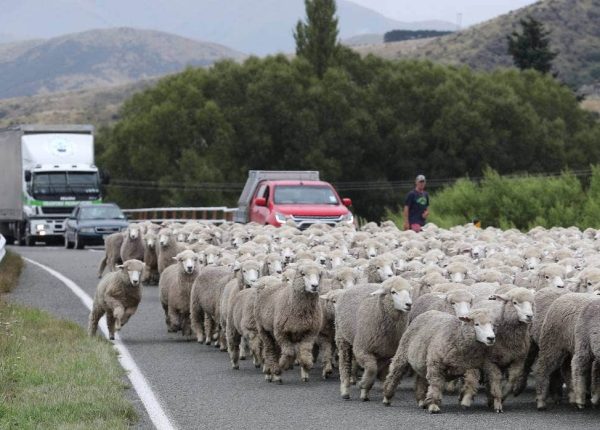
Farmers’ survey finds many struggling mentally due to economic conditions
A survey has shown farmers are struggling due to economic conditions with 70.3% saying their mental health and wellbeing has been affected.
For the first time, Federated Farmers asked farmers how they were coping mentally to include the findings in their January confidence survey.
A total of 1103 farmers across the country responded, 70.3% said they were being impacted, only 18.2% said they were not; 11.5% were unsure.
Dairy farmers comprised the biggest percentage saying yes – 73.2% with the regions headed by Otago-Southland (75.8%), West Coast Tasman Marlborough (74.5%) and Auckland Northland (63.2%).
Most survey respondents came from dairy (547) followed by meat and wool (443).
Golden Bay dairy farmer Wayne Langford, of Takaka, a mental health advocate for farmers, said there was a lot of uncertainty for farmers.
Read More here…
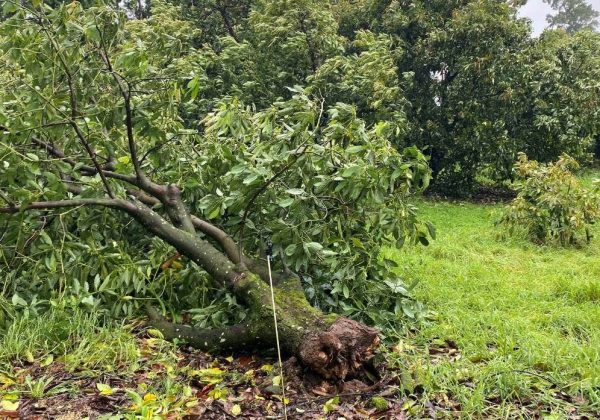
Northland avocado growers ‘absolutely hammered’ by Cyclone Gabrielle
Next season’s avocado crop has already been extensively damaged by Cyclone Gabrielle, say Northland growers.
Maungatapere avocado grower Mike Eagles said next year’s avocado harvest was “already hopeless” because of the damage the fruit and trees had sustained from rain and wind.
His ten-hectare orchard was already “absolutely hammered” by Monday morning, with rain gauges overflowing a day before the worst of the cyclone was expected, Eagles said.
He found branches torn from trees, small trees uprooted and fruit that would have been harvested in August for next season’s crop scattered on the ground, he said.
That amount of fruit loss would have a significant impact on the income from the orchard, Eagles said.
Fruit would be downgraded to lower quality grades, he said.
Read More here…
Australia
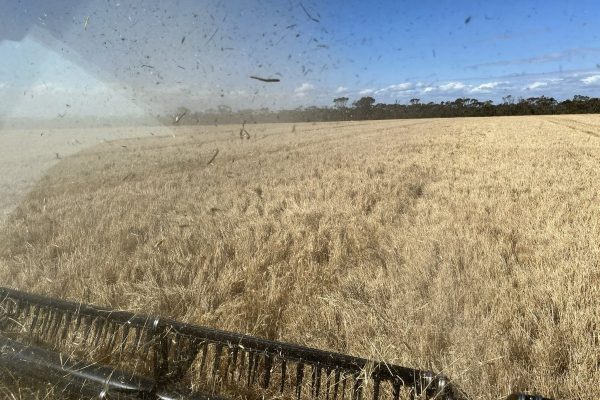
Dec feed barley exports surge, malting, sorghum drop
AUSTRALIA exported 1,061,321 tonnes of feed barley, 21,979t of malting barley and 47,791t of sorghum in December, according to the latest export data from the Australian Bureau of Statistics.
The feed barley figure is more than double the amount shipped in November, with Saudi Arabia the biggest customer by far on 534,716t, followed by Japan on 178,339t and Iran on 64,305t.
Malting shipments fell 89pc from the November total to reflect the rundown of stocks ahead of new crop, and South Africa on 15,000t followed by Singapore on 4883t, The Philippines on 1660t and Vietnam on 436t were the only customers for December-shipped malting.
Sorghum exports also tumbled to 47,791t in December, down 55pc from the November figure of 106,769t to reflect a rundown on stocks.
Buoyant demand from China, the destination for 45,708t, covered 96pc of shipments for December.
Read more here
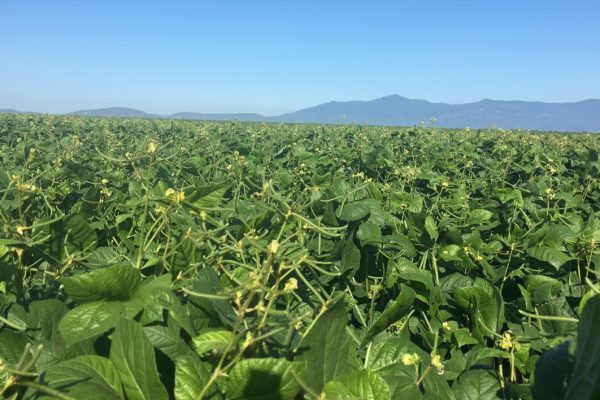
Rain, firming prices buoy outlook for CQ mungbeans
RECENT rain in Central Queensland has the region’s growers in the box seat to take advantage of a firming world market for mungbeans.
Based largely on Chinese demand, prices have risen since December by around $50 per tonne to roughly $1300/t for No. 1 grade, May-June delivered packer, $1250/t for processing and $1200/t for manufacturing.
Australian Mungbean Association president and Australian Choice Exports managing director James Hunt said the industry was hoping CQ growers would produce up to 80,000t of mungbeans to fill the deficit left by a sharp seasonal turnaround on the Darling Downs and in New South Wales.
“There’s less crop in the south, first due to wet weather and then dry weather, so there’s a very good opportunity for CQ growers to cash in on good prices and high soil moisture,” Mr Hunt said.
Read more here …
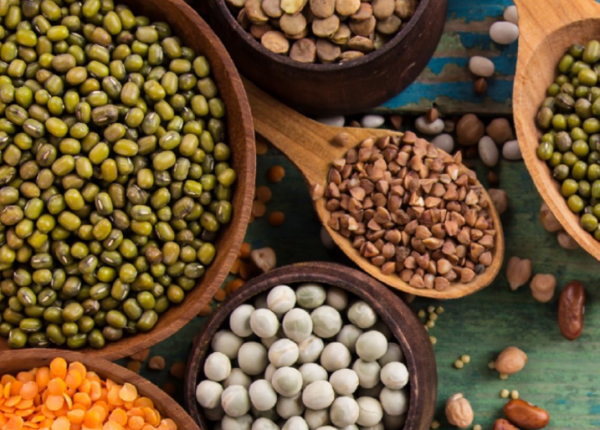
Pulse slows on fractionation plant progress
MAJOR developments towards increasing the production of plant-protein ingredients made from pulses in Australia have slowed with proposed fractionation facilities in South Australia, Victoria and Western Australia yet to start manufacturing at a commercial scale.
This comes as the demand from local manufacturers to buy Australian-grown and processed products continues to expand.
In Australia, there is currently only one operational pulse fractionation plant capable of producing materials which can be manufactured into plant-based foods, such as patties, mince, strips and dairy alternatives.
This facility, located at Horsham and owned via a joint venture of Australian Plant Proteins and Bunge, currently produces protein isolates from faba beans, lentils, mungbeans, yellow peas and chickpeas.
Several Australian manufacturers, such as v2food and Harvest B, use an extrusion process to produce ingredients from soy and wheat.
Read more here…
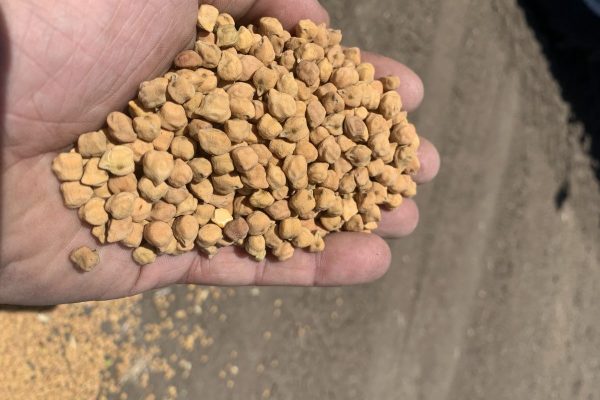
Aus Dec lentil exports skyrocket, chickpeas up 22pc
AUSTRALIA exported 70,133 tonnes of chickpeas and 166,268t of lentils in December, according to the latest export data from the Australian Bureau of Statistics.
The chickpea figure is up 22pc from the 57,474t shipped in November, while the lentil figure is up a massive 562pc from 25,130t.
Jumps in figures for both pulses reflect new-crop availability and compressed early shipment demand created by a harvest which was slow to start and rain-delayed.
Bangladesh on 36,716t, Pakistan on 20,544t and Nepal on 3856t were the three biggest markets for December-shipped chickpeas.
India on 87,127t was the biggest lentil market by far for the month, followed by Bangladesh on 35,995t and the United Arab Emirates on 23,590t.
Read more here…
South America
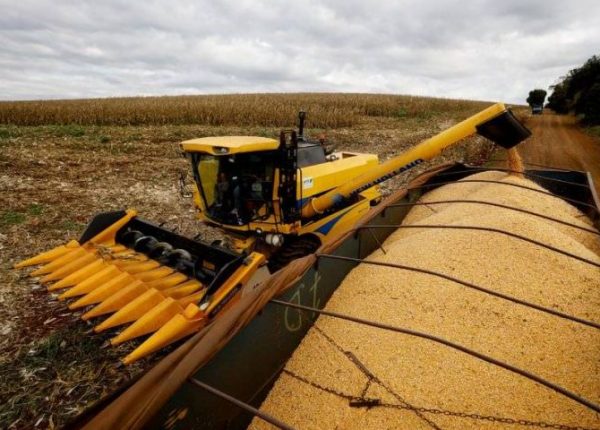
Argentina’s soy harvest set for 14-year low amid punishing drought
The prolonged drought ravaging Argentina as a result of the El Niño weather phenomenon will slash the production of soy, the country’s leading export product, to its lowest volume in 14 years.
The stark warning, issued by the Rosario Stock Exchange, will send alarm bells ringing among government officials. Agricultural exports are a major contributor to Argentina’s gross domestic product and a key source of foreign currency.
Its latest estimate of the next soy harvest, which is exported in grain and oil form mainly to China and India, the Rosario-based forecaster pegs back output a further 2.5 million tons, from 37 to 34.5 million tons. It also lowered its forecast for the maize harvest by 7.5 million tons, from 50 to 42.5 million tons.
In mid-January the body had already estimated losses superior to US$10 billion for the local farming sector, calculating a 23 percent fall in production for the soy, wheat and maize harvests or a total of 28.5 million tons.
Read more here…
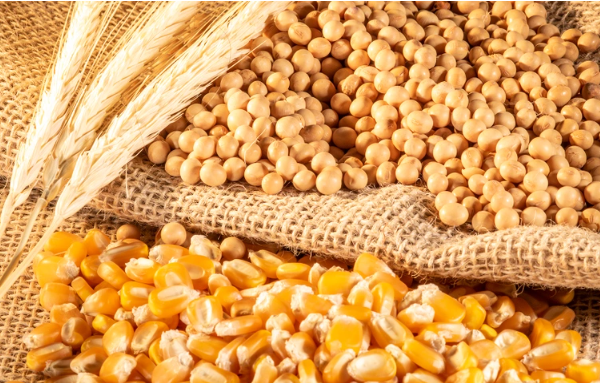
Corn, soybean usage cuts overshadow smaller Argentine crops
USDA made sweeping cuts to 2022/23 Argentine corn and soybean production that caused global ending stocks for both crops to tighten in today’s World Agricultural Supply and Demand Estimates report. USDA’s downward revisions were higher than the market had been anticipating, but any potential bullish price action was largely offset by cuts to U.S. corn and soybean usage for ethanol and crush processing, respectively.
Wheat crops in Australia, Brazil and Russia were revised higher, but a surge in international purchases from top buyers in the Middle East, Southeast Asia and China helped keep bullish price prospects alive in the wheat complex.
“Argentina’s corn (and soybean) production was the key focus of today’s reports,” according to Farm Futures grain market analyst Jacqueline Holland.
Read more here

Chilean Cherries Extend Strong China Presence to Lantern Festival
Eating rice dumplings during the Lantern Festival is a traditional Chinese custom passed down from one generation to the next. However, the food for this year’s festival was not just rice dumplings — Chilean cherries established a strong presence during the holiday by joining hands with instant food giant Wanchai Ferry. The company, belonging to U.S. multinational food manufacturer General Mills, sells a wide range of products including rice dumplings, wontons and steamed buns.
Rice dumplings and fresh cherries have many interesting features in common. Both are round in shape and sweet in taste, which symbolizes family reunions and happiness. Rice dumplings are a traditional festive snack, while fresh cherries also enjoy great popularity on various festivals and holidays in China. By pairing with Wanchai Ferry dumplings, the peak sales season for Chilean cherries has been successfully extended from the Chinese New Year holiday all the way to the Lantern Festival.
Wanchai Ferry began warming up for the cooperation even before Chinese New Year by encouraging netizens to guess who the company would pair up with.
Read more here…
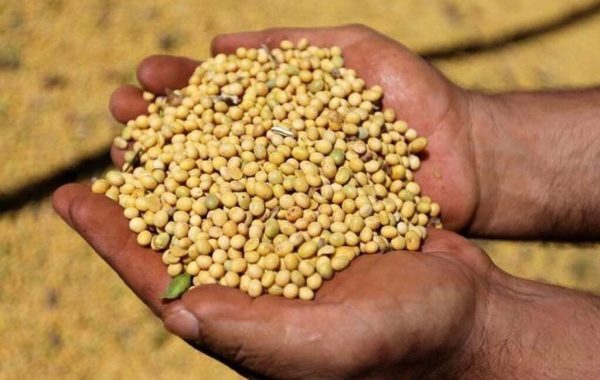
Brazil farmers harvest 9pc of area planted with soya bean
At the same time last year, 16% of the Brazilian soy fields had been reaped, said AgRural, citing rains as disrupting field work in the world’s largest supplier of the oilseed.
Brazil is expected to reap 152.9 million tonnes of soybeans this season, according to a January estimate by AgRural. If confirmed, that would be a record.
Soy harvesting delays are pushing back Brazil’s second corn planting, according to AgRural data, which shows only 12% of the second corn area planted in the center-south region, half the 24% seen at this time one year ago.
Despite being late, Mato Grosso state’s second corn planting remains the most advanced among all other states, followed by Goias and Parana, AgRural said.
Read more here…
Food Updates
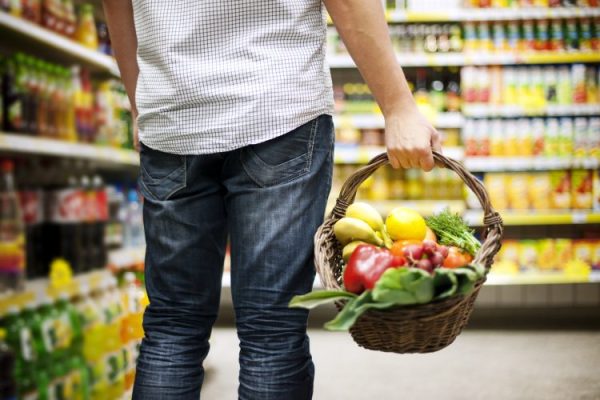
What changes are US consumers making to their diets?
According to a recent survey, US consumers have cited eating more fruits and vegetables and less sugar as highly ranking potential changes to eating behaviours relating to New Year’s resolutions.
The January Consumer Food Insights Report was put together by Purdue University’s Center for Food Demand Analysis and Sustainability with the aim of assessing food spending, consumer satisfaction and values, support of agricultural and food policies and trust in information sources.
Looking at responses from 1,200 consumers across the US, Jayson Lusk, the Head and Distinguished Professor of Agricultural Economics at Purdue, observed: “People are generally knowledgeable about the actions needed to improve health and want to pursue them such as increasing fruits and vegetables and exercising more.
“However, they don’t necessarily want to give up on taste and indulgences. For example, eating less meat or drinking less alcohol is low on the list of priorities of most Americans.”
Read more here…

“Eating its own capital”: Investing in a planet-friendly food system
The Food Foundation’s “Putting Money On The Menu” event opened up a wealth of discussion regarding the impact investors could make to a global food system that arguably needs changes.
Currently, 2.5 billion tonnes of food is wasted each year. That’s the equivalent of 40 percent of all food. If this figure wasn’t startling enough, one of the speakers at the event put it into perspective with a metaphor: “you couldn’t invest in a car business that scraps four of every 10 cars.”
But what can be done to encourage investors to put their money where their mouth in when it comes to supporting the food industry? Well, according to numerous speakers at the event, it’s important to provide them with data and ask them to question companies about exactly what is going on in each step of their supply chain.
Investing in longevity
Branding the world’s current food system as “very fragile”, Tim Benton, Research Director of Emerging Risks at Chatham House, explained that there is an ongoing “cheaper food paradigm”.
Read more here…
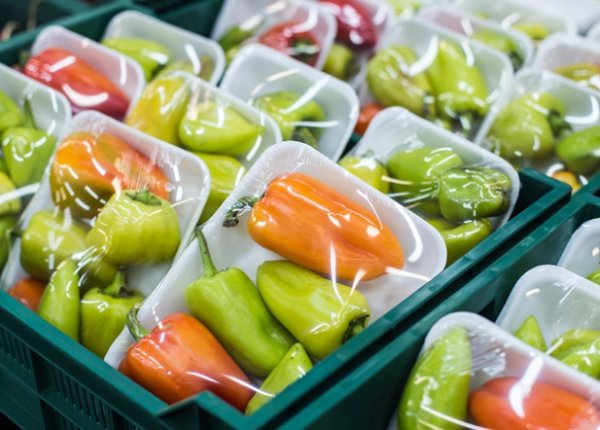
Developing recyclable, compostable and sustainable food packaging
Rearchers have found shellac-based coating makes pulp materials suitable for food without using petroleum-based polymers or metals.
Read more here

Fish genome has potential to improve food security
Researchers at the the Earlham Institute, the Roslin Institute, and WorldFish have claimed to have discovered the first full, high-quality reference genome for a genetically improved tilapia strain that they say has the potential to improve food security around the world.
Hoping that the findings will be used as a resource for fish breeders, the researchers have said that their discovery can develop strains that “grow bigger, grow quickly, and have improved resilience to the environmental challenges of a warming planet”.
Additionally, the Earlham Institute has said that the findings reveal a “substantial and unique” genetic variation in farmed strains of tilapia and has said that there is a need to use this strain-specific resource to inform future breeding programmes.
According to The World Counts, nearly 80 percent of the world’s fisheries are already fully exploited, over-exploited, depleted, or in a state of collapse.
Read more here…
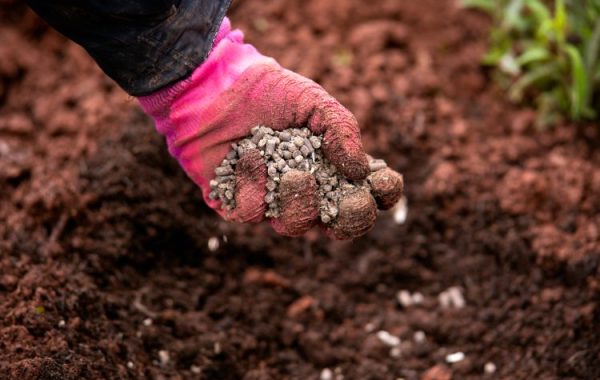
Carbon emissions from fertilisers could reduce by 80 percent by 2050
By calculating the carbon footprint for the full life cycle of fertilisers, researchers at the University of Cambridge have claimed that carbon emissions could be reduced by as much as 80 percent by 2050.
The researchers highlighted that two thirds of emissions from fertilisers take place after they are spread on fields, and went on to say that one third of emissions come from production processes.
“Carbon emissions from fertilisers need to be urgently reduced”, says the researchers. “However, this must be balanced against the need for global food security”.
The use of nitrogen-based fertilisers is “already known to be a major source of greenhouse gas emissions” however the researchers have that this this study is the first time that their overall contribution, “from production to deployment”, has been fully quantified.
Read more here…


